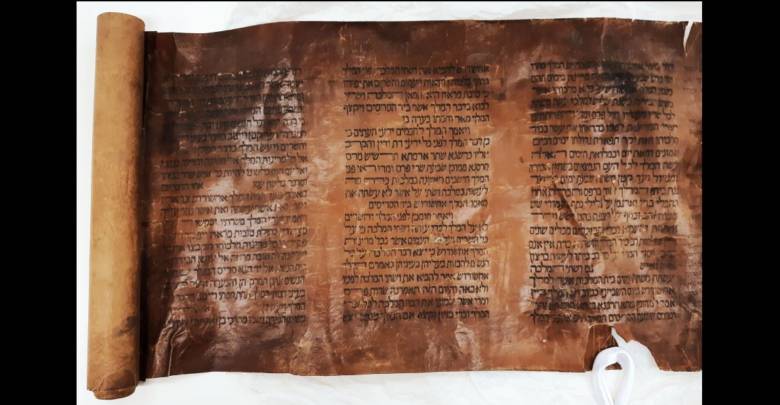Mindful
Diamond Member
- Banned
- #4,461
What a difficult question. I've never been there and frankly I don't expect to get there....but you never know. Dunno really; just good people for the most part I suppose. Plus all that cool stuff that is in The British Museum.

Hebrew collections
Hebrew collections, collection guide, part of Middle East studies subjectwww.bl.uk
Greg
Only 45 minutes flight time away from me might now. But they are closing the borders.
I’ve visited many times in the past.












